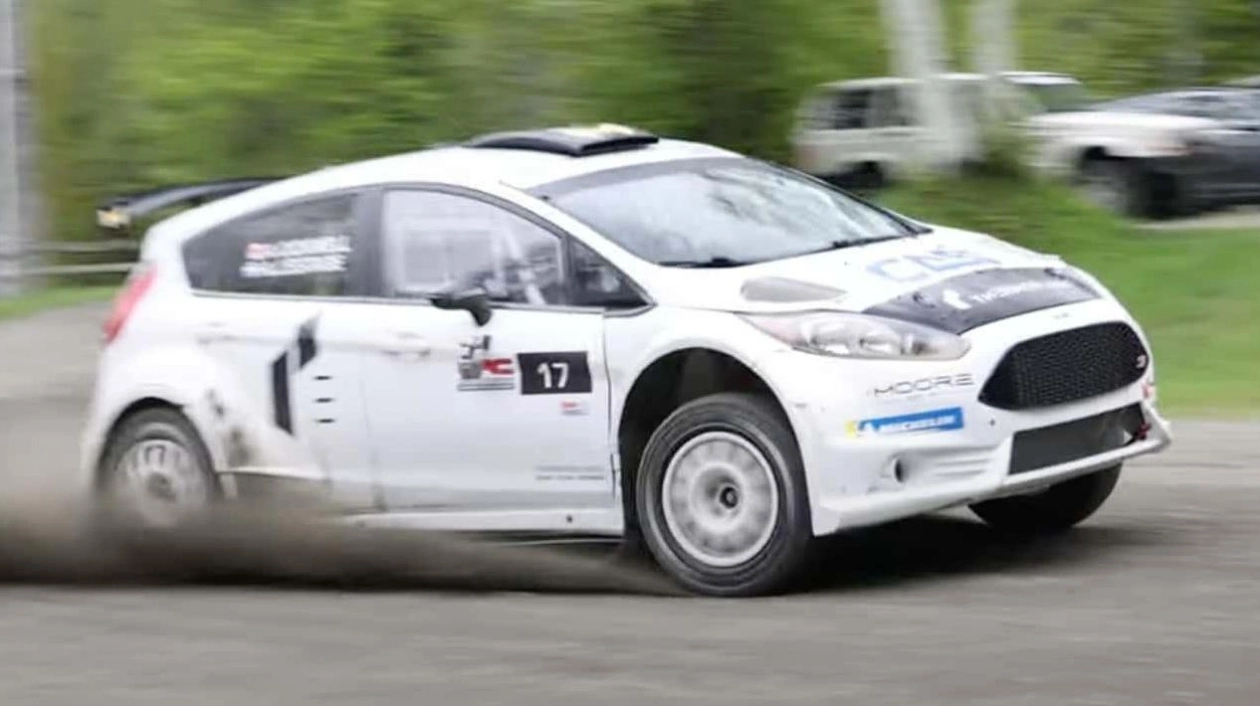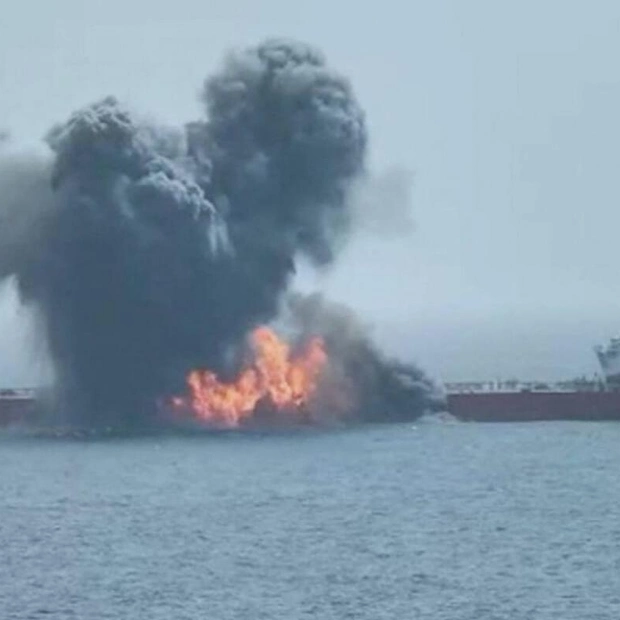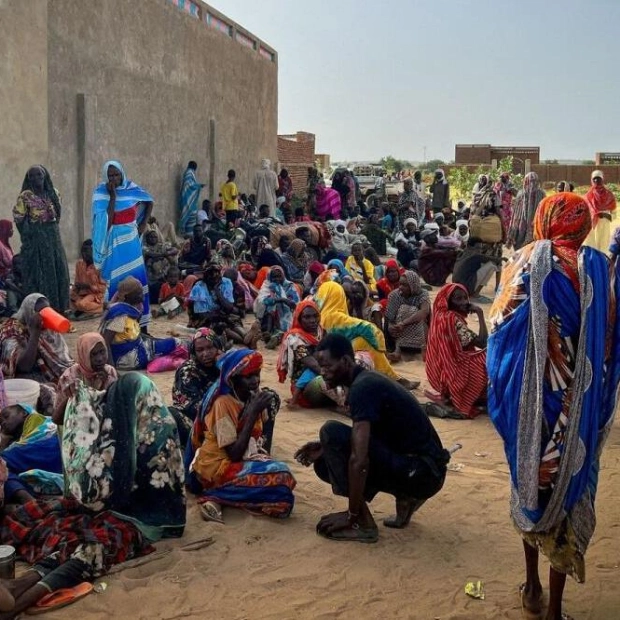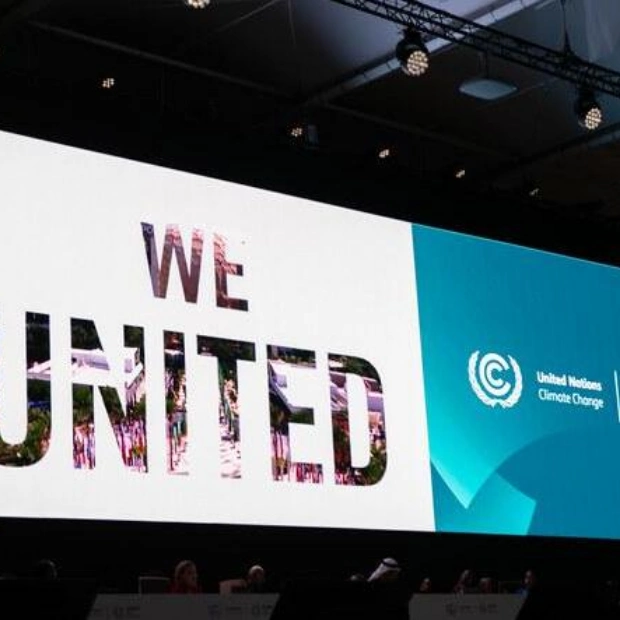The market for real rally tires is remarkably specialized. We estimate that fewer than 1,000 individuals in the country are genuinely interested in determining which gravel tire excels on dirt. Despite this, the comparison test conducted by the Team O'Neil Rally School in New Hampshire remains highly engaging. The school aimed to definitively determine which of the three leading rally tire brands—Michelin, Hoosier, and Pirelli—performs best on a winding, tree-lined road. To achieve this, they assembled tires from these manufacturers and utilized their private rally course for evaluation.
Team O'Neil recruited two professional drivers and their vehicles for this assessment. The first, Antoine L’Estage, a 10-time Canadian and seven-time North American rally champion, brought his all-wheel drive Ford Fiesta R5, a rally car familiar from WRC stages. Chris Cyr, a rising American rally driver and instructor at Team O'Neil, participated with his front-wheel-drive Ford Fiesta ST modified for rally use. The drivers evaluated each tire in soft and medium compounds, without knowledge of which brand they were testing. This ensured unbiased feedback and timing results.
The evaluation was thorough. Team O'Neil meticulously recorded a wide array of data points from each run, including tire pressures and temperatures. For those planning to purchase new gravel tires, a visit to Team O'Neil's website for the complete dataset is essential. Lap times were also recorded, with Michelin consistently leading, setting the fastest times for both front- and all-wheel drive applications. Hoosier, regarded as a budget option, nearly matched Michelin on several occasions, while Pirelli was the slowest. However, as Wyatt Knox, the lead instructor and host, notes, lap times only tell part of the story. Tire longevity was not assessed, suggesting that quicker tires might degrade over time, potentially making Pirelli a longer-lasting option. Regardless, the short-term performance of gravel tires is now clear.






